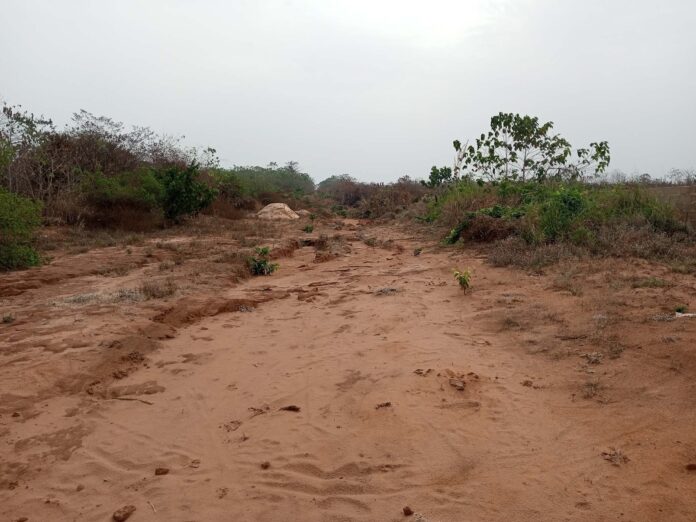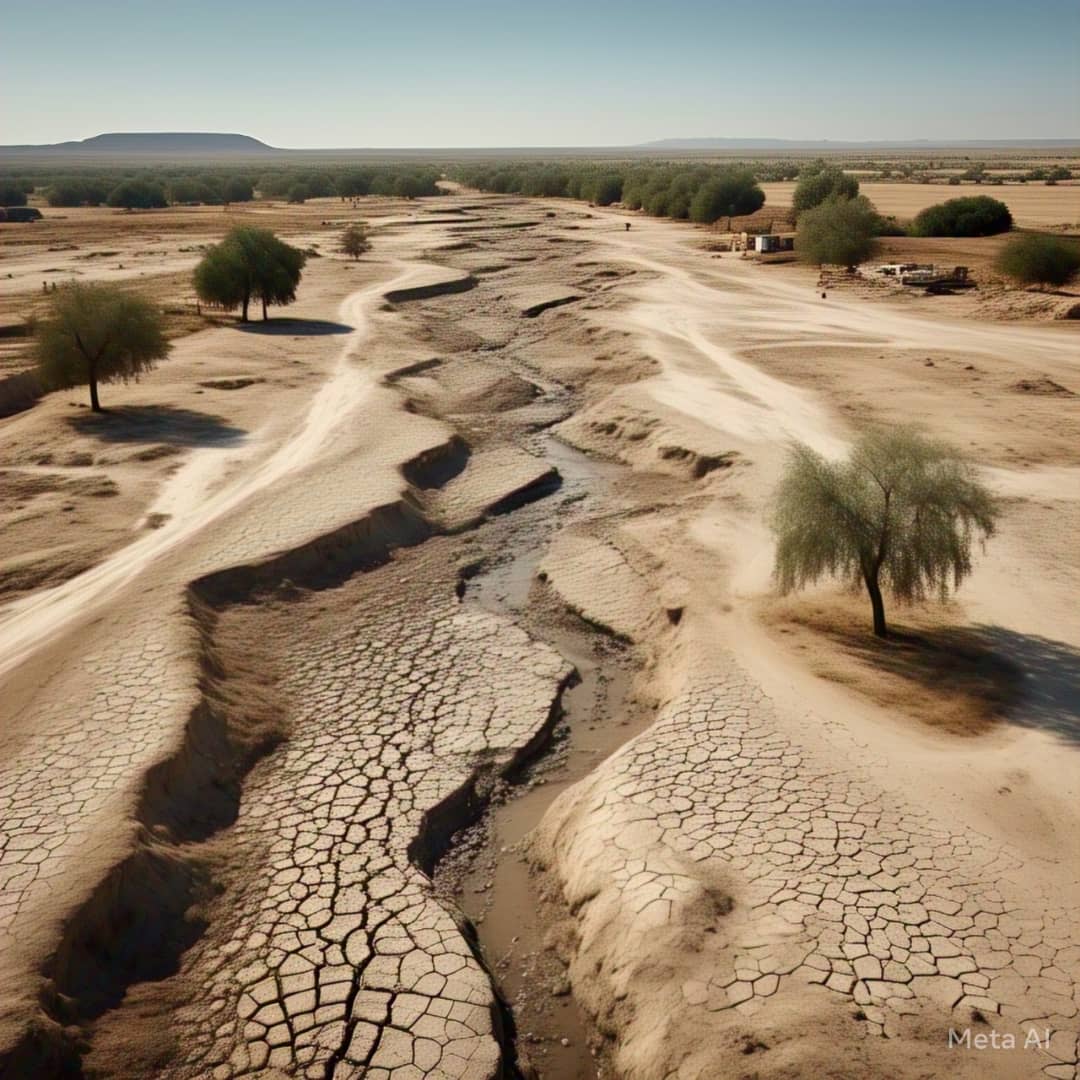Anambra State lost 538 hectares (ha) of its natural forest in 2024, according to Global Forest Watch.
The loss is equivalent to 386 kilotons (kt) of CO₂ emissions.
According to Global Forest Watch, the state in 2020 had 87.0 Key Habitat Area (kha) of natural forest, extending over 19% of its land area.
However, in 2024, the state lost 538 hectares (ha) of natural forest, equivalent to 386 kilotons (kt) of CO₂ emissions.
Between 2001 and 2024, forests in the state emitted 56.3 ktCO2e/year (kilotonnes of CO₂ per year) and removed -332 ktCO2e/year.
This represents a net carbon sink of -276 ktCO2e/year.
Anambra has been identified as one of the epicentres of deforestation in Nigeria largely due to urbanization and unchecked physical development.
The state’s forest reserves, once rich in biodiversity, have been severely impacted, leading to habitat loss and reduced plant species diversity
While Anambra is not the only state in Nigeria battling against deforestation challenges, the need to take decisive action against it is more pressing for the state.
With a landmass of 4,844 square kilometers, Anambra is the second smallest state in the country after Lagos State, which has a landmass of 3,577 square kilometers.





